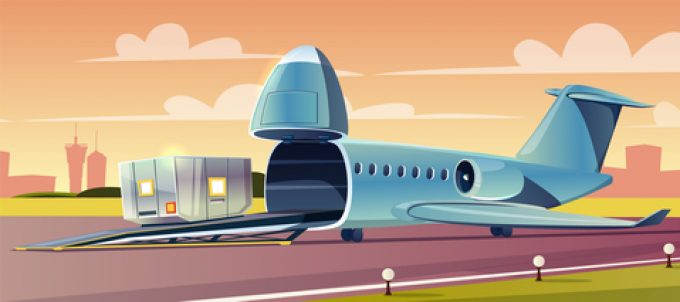Attack on Israel: nation’s ‘only freighter operator’ maintains operations
Challenge Airlines, Israel’s only freighter operator, is maintaining its operations despite “the evolving situation” in ...

As the airfreight market comes to a shuddering halt, the market is looking closely at capacity commitments that were made during the boom times.
Airlines have been betting on freighters: Air Canada, Astral, Avianca, Bluebird Nordic, CMA CGM, Emirates, Maersk, Qatar … whether it’s narrowbodies or widebodies, production or conversion, capacity is on its way just as the market begins to look shaky.
Boeing, of course, is confident. It will come as no surprise that its latest forecast shows that, yes indeed, ...
USTR fees will lead to 'complete destabilisation' of container shipping alliances
Outlook for container shipping 'more uncertain now than at the onset of Covid'
Flexport lawsuit an 'undifferentiated mass of gibberish', claims Freightmate
Shippers warned: don't under-value US exports to avoid tariffs – 'CBP will catch you'
Cancelled voyages take the sting out of spot rate declines this week
New Houthi warning to shipping as rebel group targets specific companies

Comment on this article